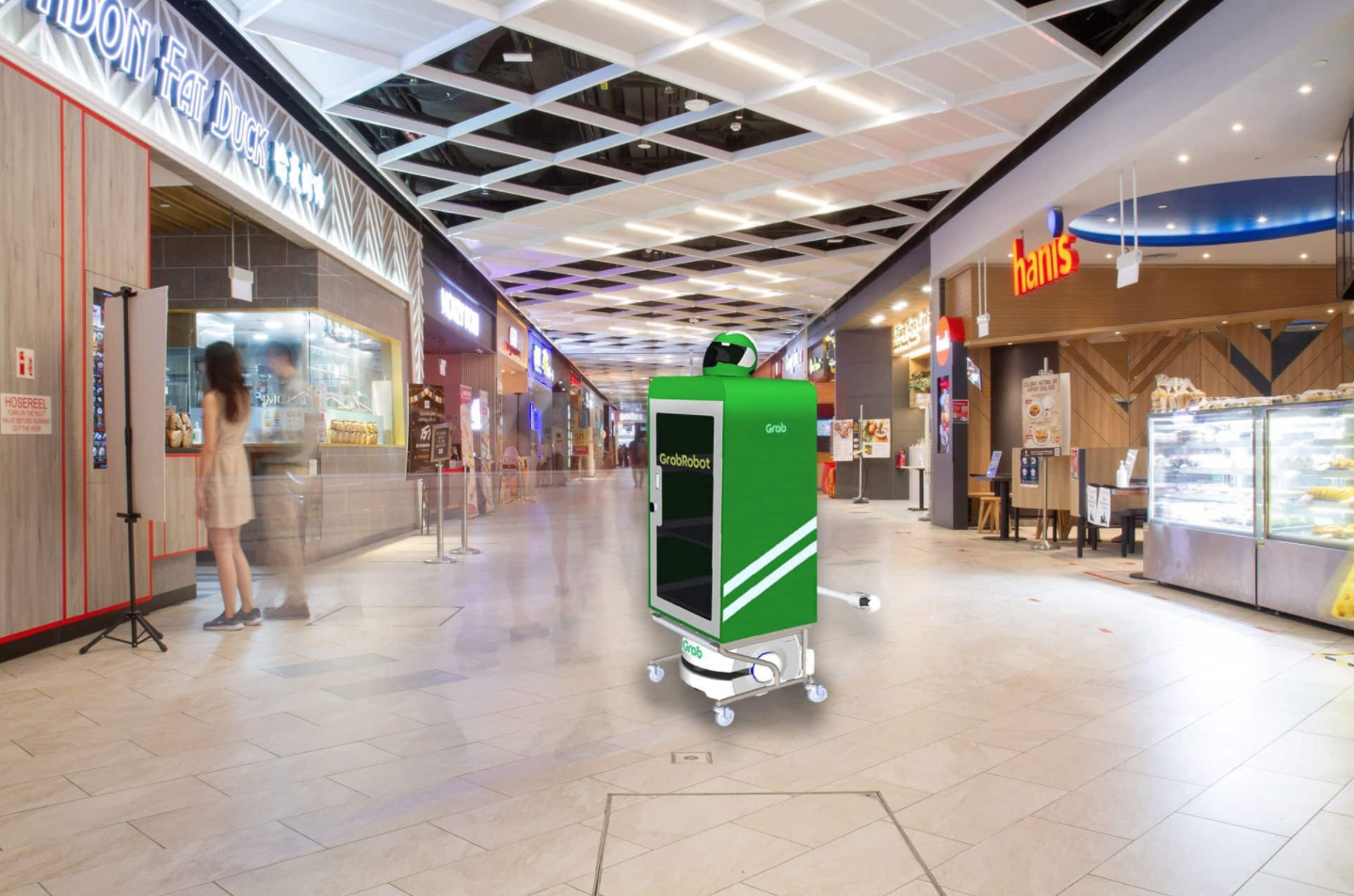Asian Delivery Robots are Making a Comeback
The Covid-19 may have limited business for many companies, but the delivery service business is booming. Robotic delivery services can promise contactless delivery, a highly sought-after service under mandates of social distancing. While autonomous delivery robots were already in use in some urban areas, airports, universities, hotels, and large corporate campuses prior to the pandemic, demand for them is expanding exponentially since they couldn’t be infected with the novel coronavirus as human delivery drivers could.
Source: JD.com
Beijing has greenlighted JD.com, Meituan and Neolix to trial self-driving delivery vehicles on designated public roads. All three companies are using dainty box-on-wheels vehicles similar to those of Nuro to shuffle goods around. Three-year-old Neolix, backed by Chinese electric vehicle startup Li Auto, focuses on making self-driving vehicles for retail, surveillance and other city services, while both JD.com and Meituan are tech heavyweights that find unmanned delivery increasingly important to their existing core business.
Grab Singapore recently announced a pilot robot runner service, which will help to consolidate orders across several restaurants within the mall before handing them off to delivery partners at a central collection point for last-mile delivery. Through this pilot service, it is projected that Grab delivery-partners may shave off between five to fifteen minutes of the usual time taken to navigate shopping malls and collect each order.
Delivery robots offer new ways for consumers to get goods delivered to their front door. However, professionals don't foresee robot deliveries replacing traditional consumer shopping habits anytime soon. Current delivery robots remain in the early stages of testing and have faced a number of challenges when released into the real world. The robot is only available for small deliveries within a specific location as they struggle in unfavourable weather and find it difficult to manoeuvre past obstacles such as bollards. These issues could be exacerbated when the technology is rolled out to more rural areas or busy high streets.
What role delivery robots will be able to develop in our lives during the pandemic and after it remains to be seen, but for now plenty of retailers large and small are curious about what these robots can do for them. The next stages, notably in parcel delivery, may decide whether delivery robots remain a niche technology in Asia or if they are ready for wider adoption.
Source: Grab
Please subscribe to our newsletter if you want to know more about Asian marketing. Leave your comments below to share your thought with us, and check out our thoughts on social media!



